Mimicry is one of the great wonders of evolution, the ability of organisms to imitate species they are not related to, a clever strategy in evolution. Leaf mimicry is a particularly clever form of camouflage that can provide animals with protection from hungry predators. Meanwhile, for other animals, it's an effective strategy for quietly waiting for prey in plain sight. Leaf mimicry is most common among insects, but this adaptation has also been observed in reptiles, amphibians, and even fish. Here are nine surprising examples of leaf mimicry from around the world that make us marvel at the unique survival strategies that animals have evolved to adapt to their environment.
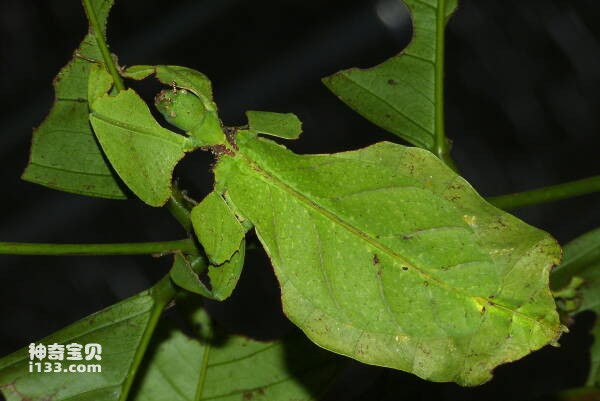
1. Giant leaf insect (Phyllium giganteum)
This leaf insect is most abundant in tropical western Malaysia. Females have large elytra with edges close to the abdomen and often lack hind wings, making them generally flightless. Males have small elytra and sometimes transparent non-leafed functional hind wings. Leaf bugs found in the wild are mostly female, and it was not until 1994 that the first male of the species was discovered. In captivity, the species reproduces primarily through parthenogenesis, meaning females reproduce asexually. The dominant reproductive mode in the wild is unknown. The eggs tend to be brown or black and shiny, similar to seeds. They hatch about 6 months after breeding. Newly hatched nymphs are often wingless and brown or reddish in color. They appear green after feeding on leaves. The species' primary plant food source is oak and thorn leaves.

2. Satanic leaf-tailed gecko (Uroplatus phantasticus)
The Satanic Leaf-tailed Gecko, also known as the Eyelashed Leaf-tailed Gecko or the Fantasy Leaf-tailed Gecko, is a species endemic to Madagascar. The Leaf-tailed Gecko is a nocturnal reptile with reasonably large eyes that moves at night in rainforest habitats and feeds on insects. . Sticky scales under their fingers and toes and strong, curved claws allow them to move expertly through the woods. Leaf-tailed geckos are somewhat expert at evading predators, not just through their incredible mimicry, but through many behaviors. They can press their bodies against the substrate to reduce body shadow, open their jaws to reveal a frightening bright red mouth, and voluntarily shed their tails to deceive predators.

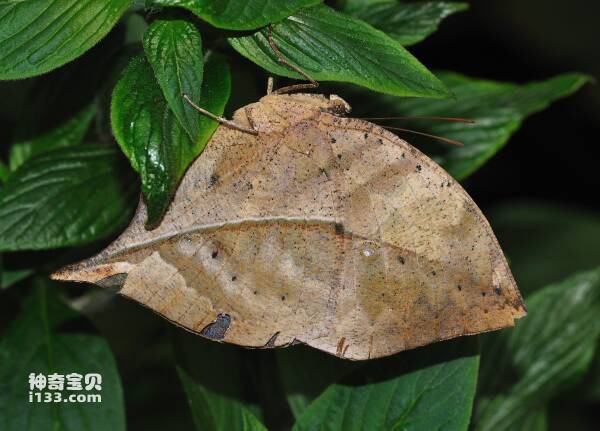
3. Indian Oakleaf Butterfly (Kallima inachus)
The Indian oakleaf is a nymphal butterfly that, when its wings are closed, closely resembles a dry leaf with dark texture and is an oft-cited example of camouflage. When the wings are closed, only the mysterious underside markings are visible, which consist of irregular patterns and stripes in biscuit, buff, brown, yellow and black colors. The veins darken, resembling the veins of a leaf. Its resemblance to the dry leaves (masquerade) is very lifelike and gives the genus its common name "oak leaf" or "dead leaf". When the wings are open, the forewings display black tips, orange bands, and dark blue bases. There are two white eyes, one along the edge of the black band at the top and the other bordering the orange and dark blue area. The hind wings are more uniformly blue, but have brown spots scattered along the toes.
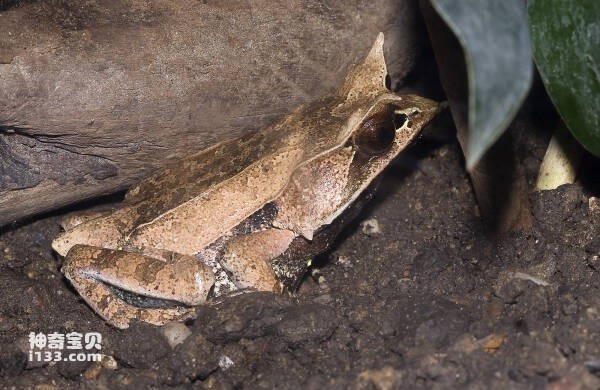
4. Malayan Leaf Frog (Megophrys nasuta)
The Malayan leaf frog, also known as the long-nosed horned frog, is endemic to the rainforests of the Malay Peninsula, Sumatra, and Borneo. This species is a large frog with a body length of 100-120 mm. Their backs are light to dark brown, have different patterns, and camouflage well with the forest floor. The throat is black-dark brown, spreading to creamy yellow along the middle of the ventral surface. The upper eyelids and nose are elongated into triangular protrusions, forming what look like "horns," which is their common name. The species may lie quietly on the forest floor, waiting for unsuspecting prey to pass by, before lashing out and devouring its prey. They usually feed on spiders, small rodents, lizards, and other frogs.
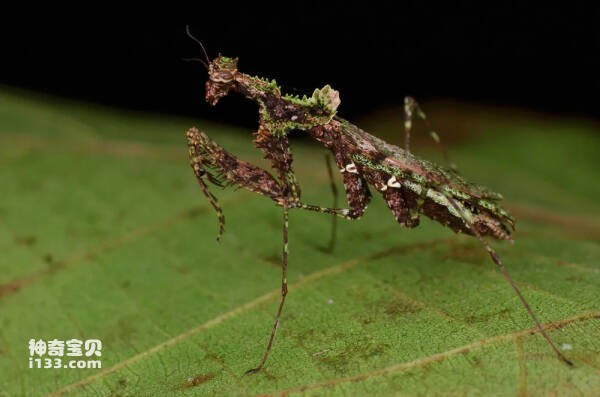
5. Trychopeplus laciniatus
Stick insects are herbivorous insects known for their ability to mimic branches or leaves to avoid predators. There are approximately 2,500 species worldwide. The moss stick insect is one of them. The moss stick insect has no wings, very curved antennae, a high arched back, and a devilish face. The color of their bodies varies from insect to insect, but is generally greenish-brown, greenish-brown or brown. The body length is about 8-9cm. Because they always maintain very curved and wrinkled body curves when alive, it is very difficult to accurately measure them. However, this shape helps them blend in well with their environment and make them less visible.

6. Dead leaf grasshopper (Chorotypus saussurei)
The dead leaf grasshopper is native to Malaysia. Grasshoppers of the world's small grasshopper family rarely exceed 20.0 mm in length. Many are well disguised as fallen bark flakes, rotting stick fragments and dead leaf fragments. Most are terrestrial, many are semi-aquatic.
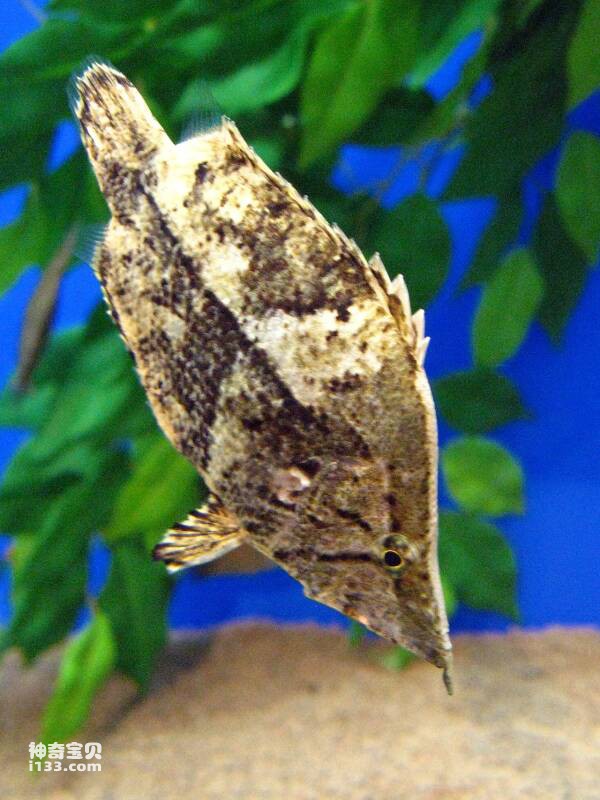
7. South American leaf fish (Monocirrhus polyacanthus)
The South American leaffish is found in the Amazon Basin of Bolivia, Brazil, Colombia, Peru, and Venezuela,[1][2] inhabiting the edges of rivers, lakes, and streams. It is typically a low-density species that lives in slow-moving or largely stagnant waters in areas with plant debris. The maximum standard length of South American leaf fish is 8 cm. As its common name suggests, it closely resembles a dead leaf. Its resemblance to a leaf is further enhanced by the flattened body and filaments at the tip of the lower jaw (stem-like). It is grey-brown in color, but some discoloration may occur. There are no lateral lines, and the mouth can extend to 60% of the head length.
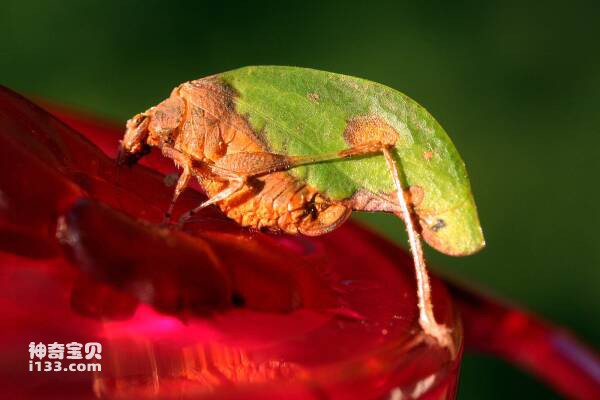
8. Katydid (Pycnopalpa bicordata)
The leaf katydid is a species of the Orthoptera family Katydidae. They are nocturnal. Individuals can grow up to 85 mm. It still looks very much like a leaf - with bright green wings and brown edges around clear cells, representing consumed parts of leaf tissue or sunburn damage. But the adult stage pales in comparison to the nymph's ingenious structural design.
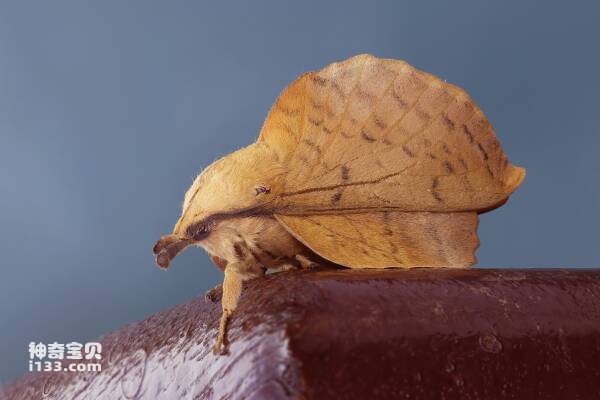
9. Leaf moth (Uropyia meticulodina)
Leaf moths are a family of the order Lepidoptera, and are mostly medium to large moths. They are distributed on all continents except Antarctica, with the most diverse species in the tropical regions of the Old World. Many species are brown all over and remain motionless when perching. Their hind wings often protrude from their front wings to form a roof-like shape, and they look like a dead leaf, hence their name. Adult worms are mostly nocturnal, their mouthparts are almost or completely degenerated, and they are unable to eat, so they do not live long. The larvae are densely covered with bristles, sometimes with venomous hairs, which can cause skin irritation in humans. The larvae feed on leaves with a large appetite and a wide range of food habits. Some gregarious species are considered the number one forestry pest in some areas.
animal tags:
We created this article in conjunction with AI technology, then made sure it was fact-checked and edited by a Animals Top editor.